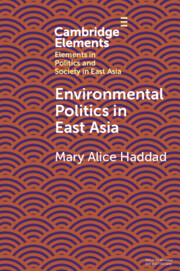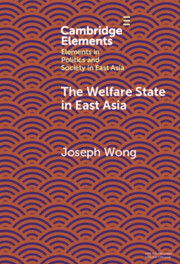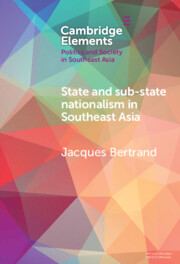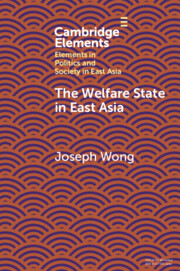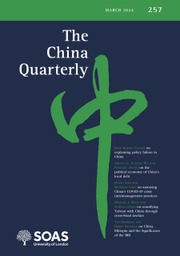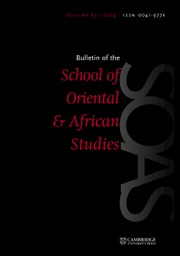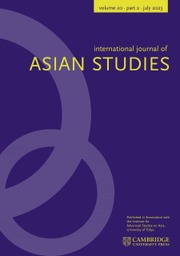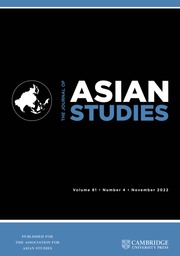Environmental Politics in East Asia
Once viewed as an environmental hazard to the planet, East Asia is now at the forefront of pro-environmental policymaking. The region's progress has been both remarkable and surprising given the pro-business orientation of its political systems and their ideological diversity. Through a focus on three environmental policy areas exhibiting different levels of success, this Element shows how governments in China, Japan, South Korea, and Taiwan have been able to craft pro-environmental policy by working in collaboration with business and societal interests. The evolution of the region's eco-developmental states has resulted in exceptional progress in the areas of green technology and green finance, mixed outcomes in pollution management, and negligible improvement in addressing environmental justice. As the planet seeks guidance in addressing our collective climate crisis, East Asia offers both hope and caution for how we can craft pro-environmental policies in diverse political contexts.
Product details
December 2023Paperback
9781108965774
102 pages
230 × 153 × 5 mm
0.173kg
Available
Table of Contents
- 1. Introduction: East Asia's Environmental Politics
- 2. Eco-developmental States
- 3. Environmental Politics in East Asia: A Brief History
- 4. Green Business: Technological Innovation and Green Finance Creating Win-Win-Win-Win Solutions
- 5. Pollution: Activists and Local Governments Work
- Around Central Governments and Big Business
- 6. Environmental Justice: Marginalized Communities Still
- Losing Out
- 7. Conclusion
- References.

